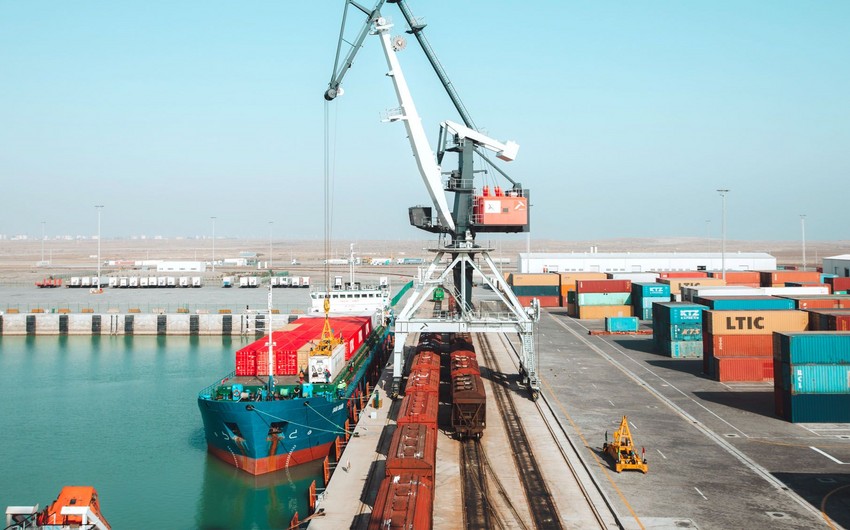Most modern structures are built to last 50 years or so, but ingenious ancient engineering has kept this watery city afloat for more than 1,600 years – using only wood.
As any local knows, Venice is an upside-down forest. The city, which turned 1604 years old on March 25, is built on the foundations of millions of short wooden piles, pounded in the ground with their tip facing downwards. These trees – larch, oak, alder, pine, spruce and elm of a length ranging between 3.5m (11.5ft) to less than 1m (3ft) – have been holding up stone palazzos and tall belltowers for centuries, in a true marvel of engineering leveraging the forces of physics and nature.
In most modern structures, reinforced concrete and steel do the work that this inverted forest has been doing for centuries. But despite their strength, few foundations today could last as long as Venice's. "Concrete or steel piles are designed [with a guarantee to last] 50 years today," says Alexander Puzrin, professor of geomechanics and geosystems engineering at the ETH university in Zurich, Switzerland. "Of course, they might last longer, but when we build houses and industrial structures, the standard is 50 years of life."
The Venetian piles technique is fascinating for its geometry, its centuries-old resilience, and for its sheer scale. No-one is exactly sure how many millions of piles there are under the city, but there are 14,000 tightly packed wooden poles in the foundations of the Rialto bridge alone, and 10,000 oak trees under the San Marco Basilica, which was built in 832AD.
"I was born and raised in Venice," says Caterina Francesca Izzo, environmental chemistry and cultural heritage professor at the University of Venice. "Growing up, like everyone else, I knew that underneath the Venetian buildings, there are the trees of Cadore [the mountain region next to Venice]. But I didn't know how these piles were placed, how they were counted and knocked down, nor the fact that the battipali (literally the 'pile hitters') had a very important profession. They even had their own songs. It is fascinating from a technical and technological point of view."
The battipali would hammer down the piles by hand, and they would sing an ancient song to keep the rhythm – a haunting and repetitive melody with lyrics that praise Venice, its republican glory, its Catholic faith, and declare death to the enemy of the time, the Turks. On a more lighthearted note, a Venetian expression still in use today, na testa da bater pai (literally 'a head that is good to pound down the piles') is a colourful way of saying that someone is dull or slow-witted.
In the case of the bell towers, these beams or boards were up to 50cm (20in) thick. For other buildings, the dimensions were 20cm (8in) or even less. Oak provided the most resilient wood, but it was also the most precious. (Later on, oak would only be used to build ships – it was too valuable to stick in the mud.) On top of this wooden foundation, workers would place the stone of the building.
According to Macchioni, these conservation practices must have been in use years before they were written down. "That explains why the Fiemme Valley is still covered by a lush fir forest today." Countries such as England, however, were facing wood shortages by the middle of the 16th Century already, he adds.
"Which is fine if the rock is close to the surface," says Thomas Leslie, professor of architecture at the University of Illinois. But in many regions, the bedrock is well beyond the reach of a pile. On the shore of Lake Michigan in the US, where Leslie is based, the bedrock could be 100ft (30m) below the surface. "Finding trees that big is difficult, right? There were stories of Chicago in the 1880s where they tried to drive one tree trunk on top of another, which, as you can imagine ended up not working. Finally, they realised that you could rely on the friction of the soil."
In the 19th and 20th centuries, wood was completely replaced by cement in foundation construction. In recent years, though, a new trend of building with wood has gained increased interest, including the rise of wooden skyscrapers. "It's kind of the cool material right now, and for really good reasons," comments Leslie. Wood is a carbon sink, it's biodegradable and thanks to its ductility, it's considered among the most earthquake-resistant materials.
"We can't of course build entire cities on wood nowadays because we are too many on the planet," adds Macchioni, but it's undeniable that without artificial materials and without motors, ancient builders just had to be more ingenious. Venice is not the only city with wooden foundations, but it is "the only one [where the friction technique was used] en masse that is still surviving today and is so insanely beautiful", adds Puzrin. "There were people out there who didn't study soil mechanics and geotechnical engineering, and yet they produced something we can only dream about producing, which lasted so long. They were amazing, intuitive engineers who did exactly the right thing, taking advantage of all these special conditions."
Madina Mammadova\\EDnews









